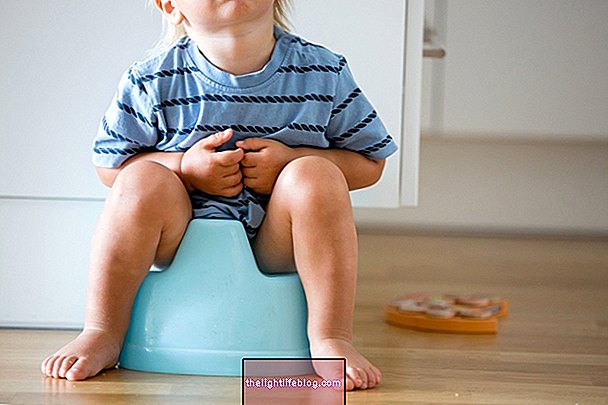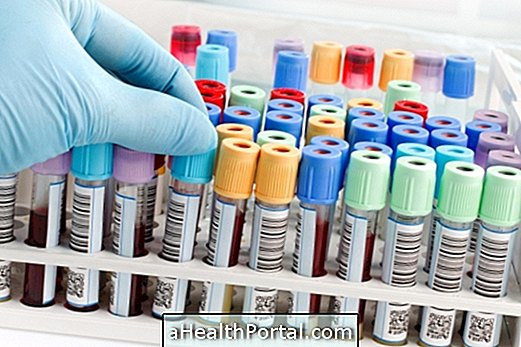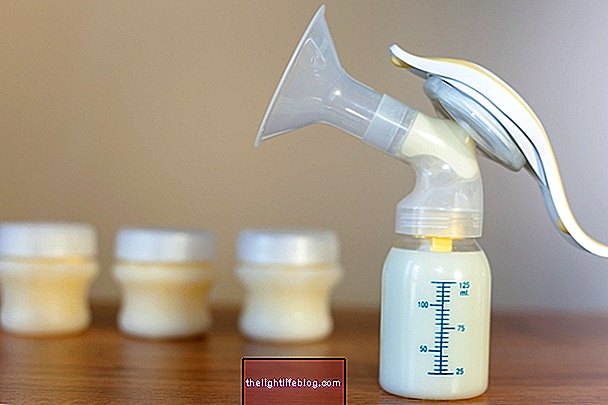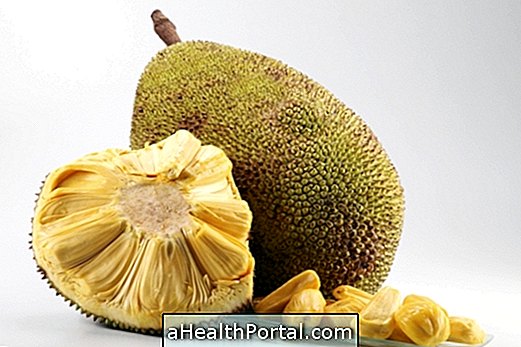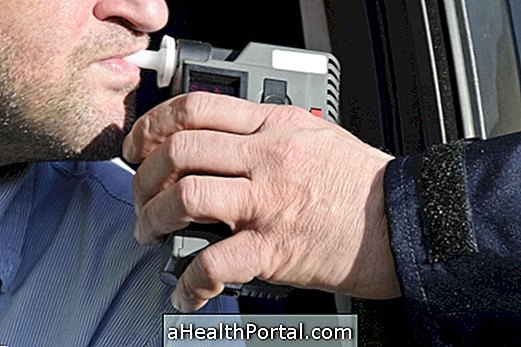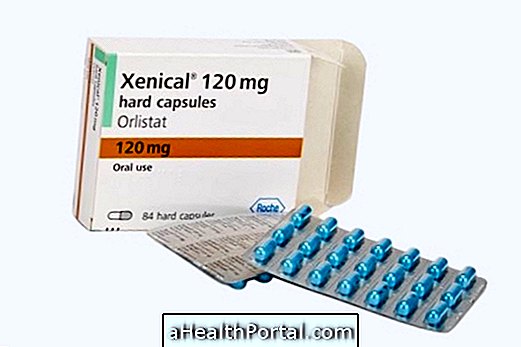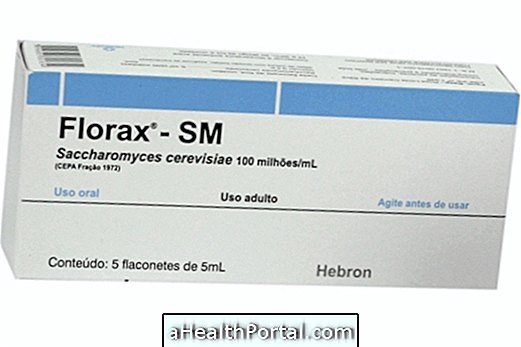The baby at 5 months already raises his arms to be taken from the cradle or to go to the lap of who wants, reacts when someone wants to take his toy, recognizes the expressions of fear, displeasure and anger, and begins to demonstrate also their feelings through facial expressions. In addition, he is already able to raise his head and shoulders when lying down and leaning with his hands, trying to drag, roll and play with the rattles or toys that are on hand.
Here's what to do to teach baby to roll back and forth here.
At this stage it is very important to play and talk with the baby, being very important to encourage and strengthen the presence of the father, so that the two begin to create a connection.
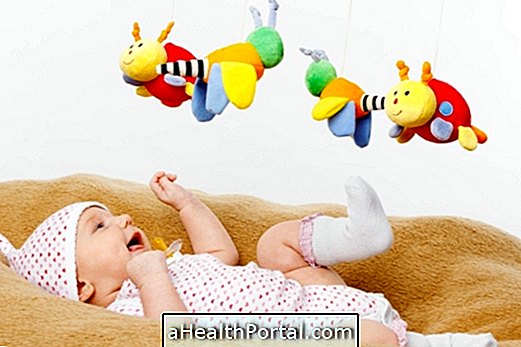
Baby weight at 5 months
This table indicates the ideal baby weight for this age, however, the weight may vary slightly, and the baby may have more or less weight.
| Boys | Girls | |
| Weight | 6.95 g | 6.7 g |
| Stature | 63 cm | 63 cm |
| Cephalic perimeter | 42 cm | 41 cm |
| Thoracic perimeter | 41.5 cm | 40.5 cm |
| Monthly weight gain | 600 g | 600 g |
In general, infants at this stage of development maintain a 600g weight gain pattern per month. If the weight is too high, it is possible that the baby is overweight and in this case you should talk to your pediatrician.
Baby sleep at 5 months
Baby sleep at 5 months lasts between 7 to 8 hours a night, without him waking up. One piece of advice that can be helpful is keeping the baby awake for longer during the day so that he can get better sleep at night, creating a routine, for example, putting the baby to sleep at nine at night.
Development of the baby at 5 months
The 5-month-old baby already begins to perfect language and uses the vowels A, E, U and consonants D and B, vocalizing to himself or to his toys. There is a change in the sounds that the baby emits and there may be laughter. At 5 months, some babies reject people they are not accustomed to seeing and begin to notice their own name, responding when called, being aware and attentive to the environment that surrounds them.
At this stage, he is often able to roll from side to side and lean on his hands, and screams for company, babbling to interrupt the conversation of others and draw attention to himself. In addition, the stage begins to try the objects and brings them to the mouth, with some babies who also like to put their feet in their mouths.
Watch the video to learn what the baby is doing at this stage and how you can help him develop faster:

Play for the baby at 5 months
A 5-month-old baby prank may be covering a flashlight with a piece of colored plastic, lighting it up by making movements on the wall while talking to the baby about the light's characteristics, such as beautiful, bright, fun.
Through this game, the baby following the path of light establishes important connections in the brain by activating the vision and neurons related to the movements.
An alternative to the flashlight are colored cards made with cardboard or even painted with gouache paint, because the baby at this age has a special interest for the colors that is part of the development of his intelligence.
Baby feeding at 5 months
Feeding the baby at 5 months should be done exclusively with breast milk, preferably up to 6 months. When feeding the baby with milk powder, artificial breastfeeding can be maintained until 6 months, but water should be offered between feedings, especially in dry and summer times.
However, if the doctor advises or deems it necessary, the baby can be given foods with a rich nutritional value such as egg yolk or bean broth. There is also the possibility of introducing some foods such as cooked or raw fruit, gluten-free potato or cream of vegetables simple. These options are especially important for babies who do not appreciate milk or who are not developing as expected. See examples of Babies for babies from 4 to 6 months.




